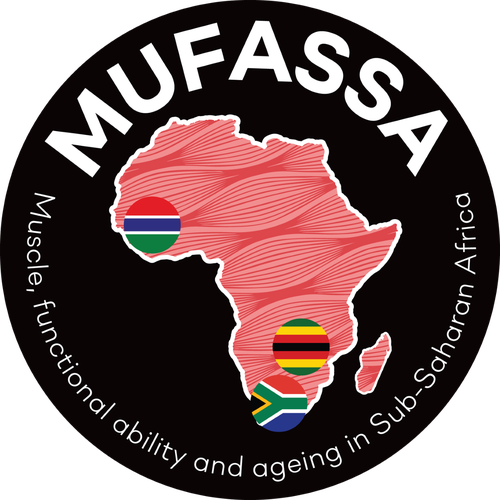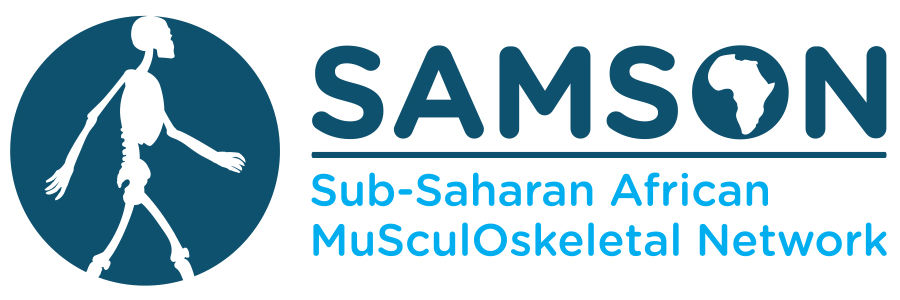Studies /
The Musculoskeletal Functional Ability in three diverse Sub-Saharan Africa populations
MUFASSA
MUFASSA is an international cross-sectional study set across three countries in Sub-Saharan Africa. It aims to:
i. Calculate how commonly muscle strength is impaired, physical functional is limited and muscle loss is experienced.
ii. Understand to what extent losses in muscle strength and ability reduce the ability to perform activities of daily life, increase the risk of frailty and disability and how these impact quality of life.
iii. Identify clinical, nutritional and metabolic risk factors for losses muscle function, to inform approaches to reduce future disability, and promote healthy ageing in SSA
Work Package 1
What is the epidemiology of muscle strength, mass and function in each country?
We collaborate with a team currently planning extensive community surveys in The Gambia, Zimbabwe and South Africa, which will measure spine fractures in 5040 men and women aged 40 years and over. We have a unique and time-limited opportunity to add to these surveys, data collection and detailed measurements of muscle strength, mass and function, to answer our specific study questions. We will collect data from questionnaires (e.g. joint and back pain, ability to work around the house, quality of life), body composition scans (to quantify fat and muscle mass), X-rays (to quantify osteoarthritis), muscle strength, walking and balance tests (to measure frailty), and blood tests. We will quantify levels of all musculoskeletal multimorbidities including sarcopenia, and determine how these affect disability and quality of life.
Work Package 2
What are the clinical, nutritional and metabolic risk factors for low muscle strength, mass and function?
Identifying risk factors for muscle impairment will aid understanding of the mechanisms underlying muscle dysfunction and highlight biomarkers that can predict disease and disability, with potential use in clinical settings. We will examine clinical (e.g. HIV, diabetes, physical inactivity, osteoarthritis) and nutritional risk factors (e.g. malnutrition, food insecurity, obesity), and measure 184 markers of metabolism and inflammation using the latest proteomic analysis of blood samples, to see which predict age-related losses in muscle

